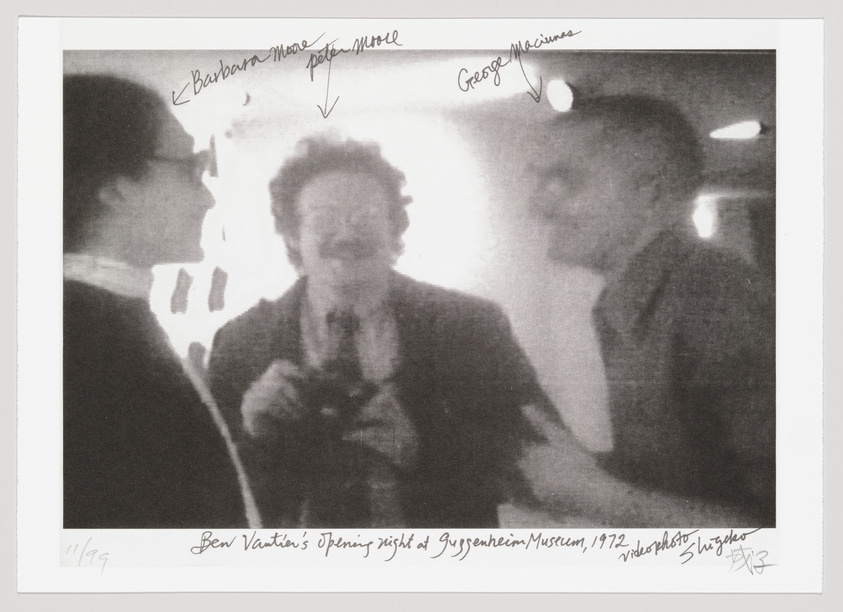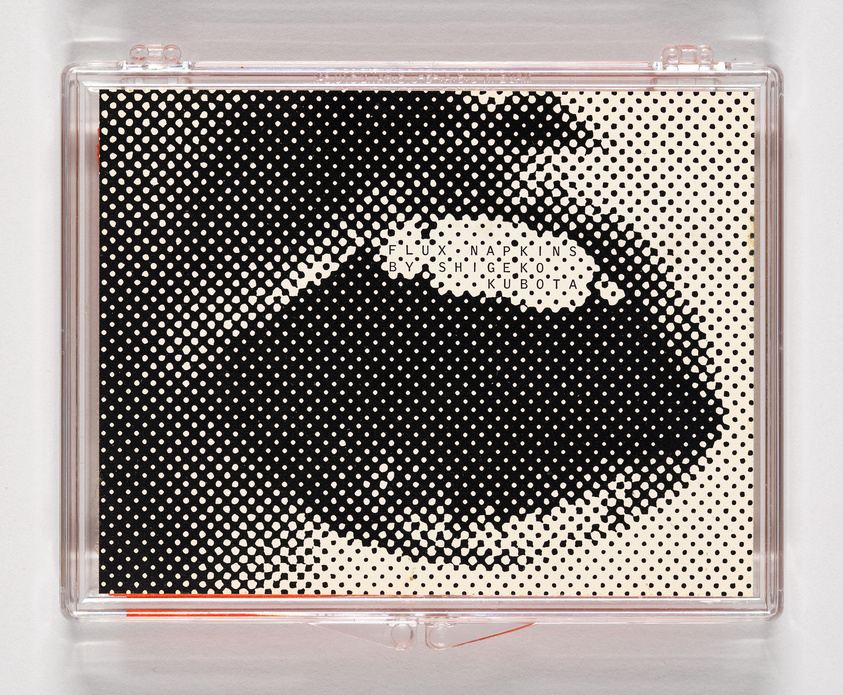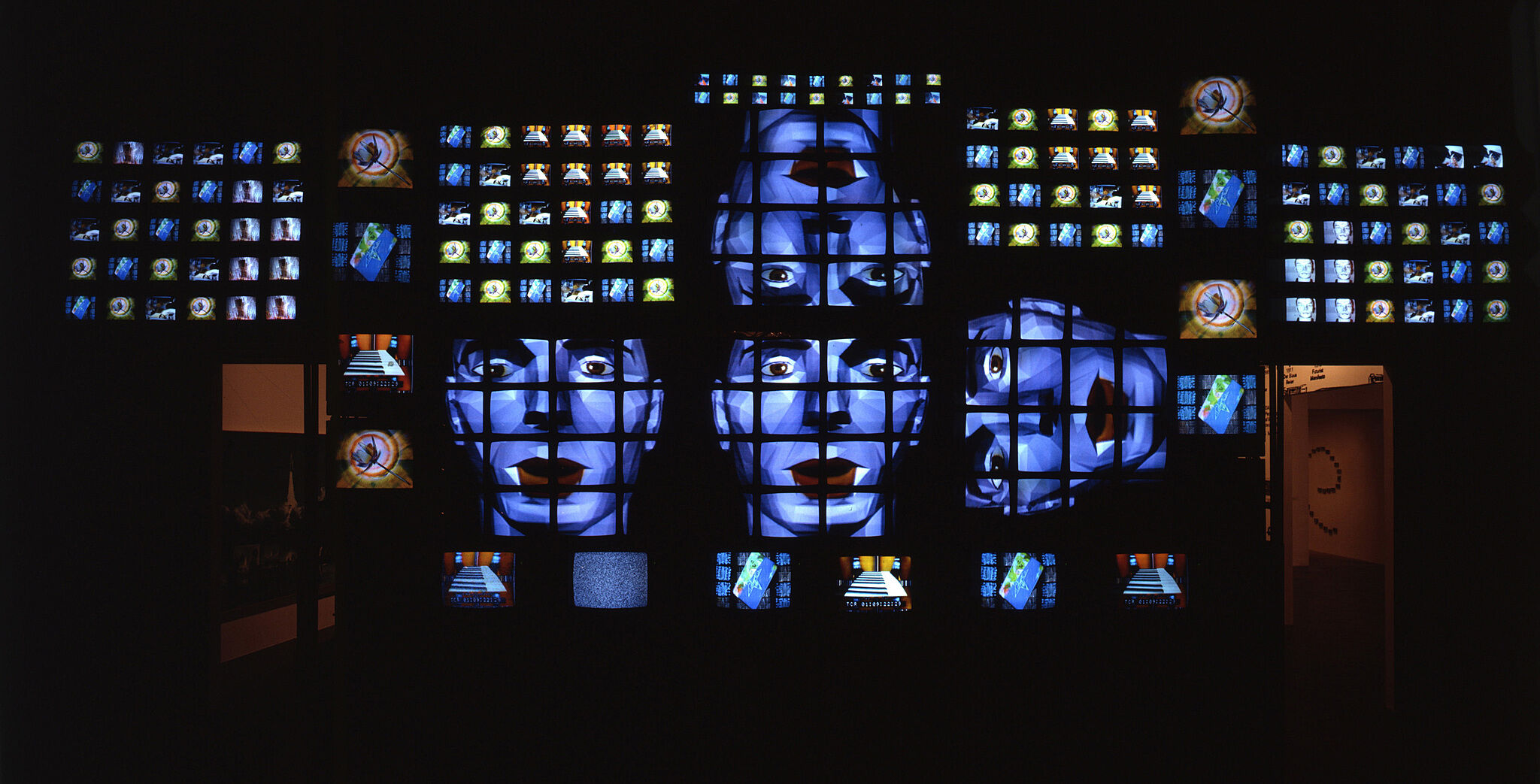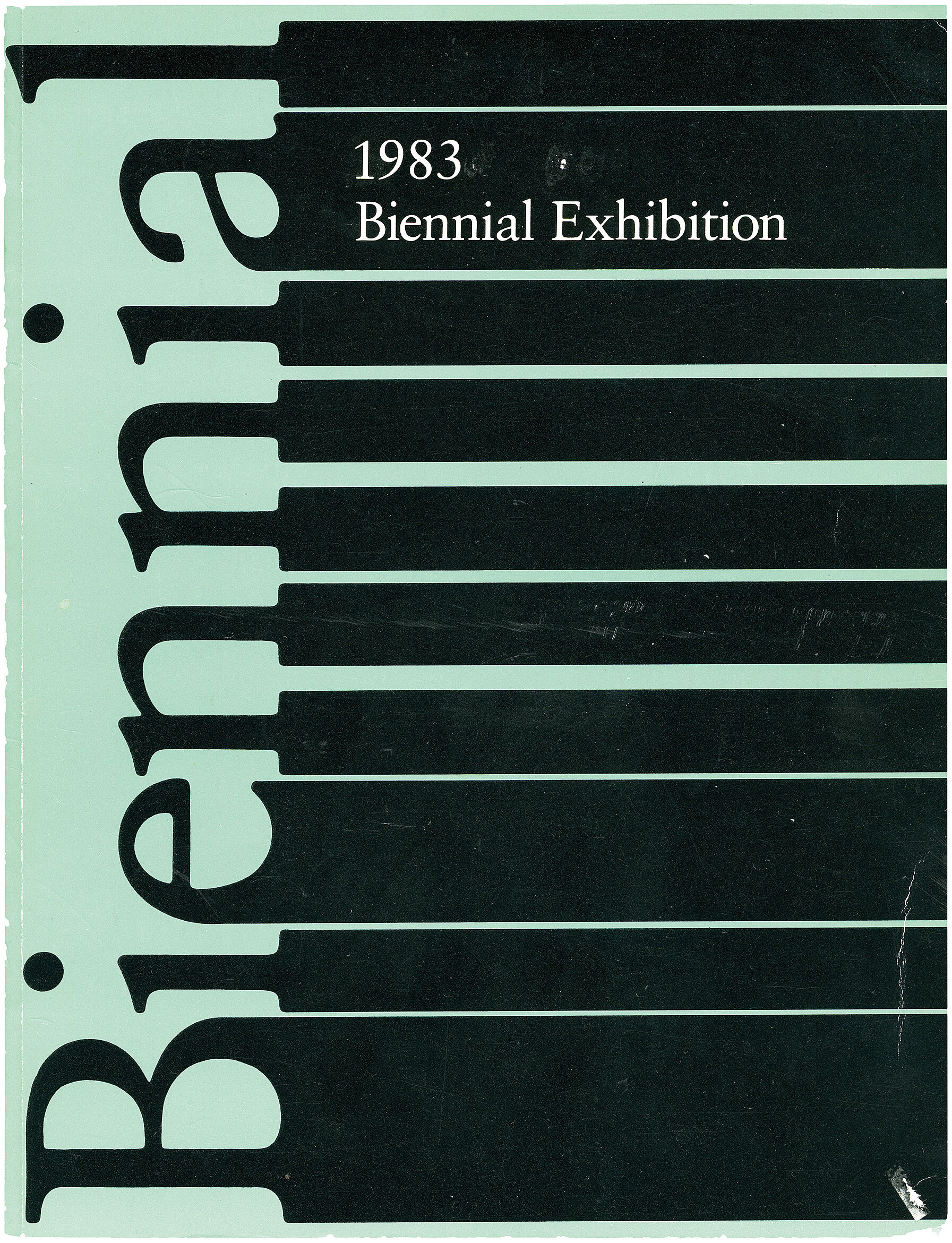Shigeko Kubota
1937–2015
Introduction
Shigeko Kubota (久保田 成子, Kubota Shigeko) (August 2, 1937 – July 23, 2015) was a Japanese video artist, sculptor and avant-garde performance artist, who mostly lived in New York City. She was one of the first artists to adopt the portable video camera Sony Portapak in 1970, likening it to a "new paintbrush." Kubota is known for constructing sculptural installations with a strong DIY aesthetic, which include sculptures with embedded monitors playing her original videos. She was a key member and influence on Fluxus, the international group of avant-garde artists centered on George Maciunas, having been involved with the group since witnessing John Cage perform in Tokyo in 1962 and subsequently moving to New York in 1964. She was closely associated with George Brecht, Jackson Mac Low, John Cage, Joe Jones, Nam June Paik, and Ay-O, among other members of Fluxus. Kubota was deemed "Vice Chairman" of the Fluxus Organization by Maciunas.
Kubota's video and sculptural works are mainly shown in galleries. Her use of the physical television as a component of her work differs from other video artists of the 1960s who made experimental broadcast programs as a move against the hegemony of major networks. Kubota is known for her contribution to the expansion of the field of video into the field of sculpture and for her works addressing the place of video in art history. Her work explores the influence of the technology, and more specifically the television set, on personal memory and the emotions. Some works for example eulogize while also exploring the presence of the deceased in video footage and recorded images such as her Duchampiana series, the video My Father, and her later works Korean Grave and Winter in Miami which eulogize her husband Nam June Paik. Kubota's sculptures also play with ways in which video footage and sculptures utilize videos to evoke nature, as in her Meta-Marcel, Bird, and Tree series' and in River, and Rock Video: Cherry Blossoms.
Wikidata identifier
Q3816460
Information from Wikipedia, made available under the Creative Commons Attribution-ShareAlike License. Accessed April 15, 2024.
Introduction
Kubota was one of the first artists to see the potential of video technology as an art medium, and was a central figure in the Fluxus movement.
Country of birth
Japan
Roles
Artist, performance artist, sculptor, video artist
ULAN identifier
500104766
Names
Shigeko Kubota
Information from the Getty Research Institute's Union List of Artist Names ® (ULAN), made available under the ODC Attribution License. Accessed April 15, 2024.



